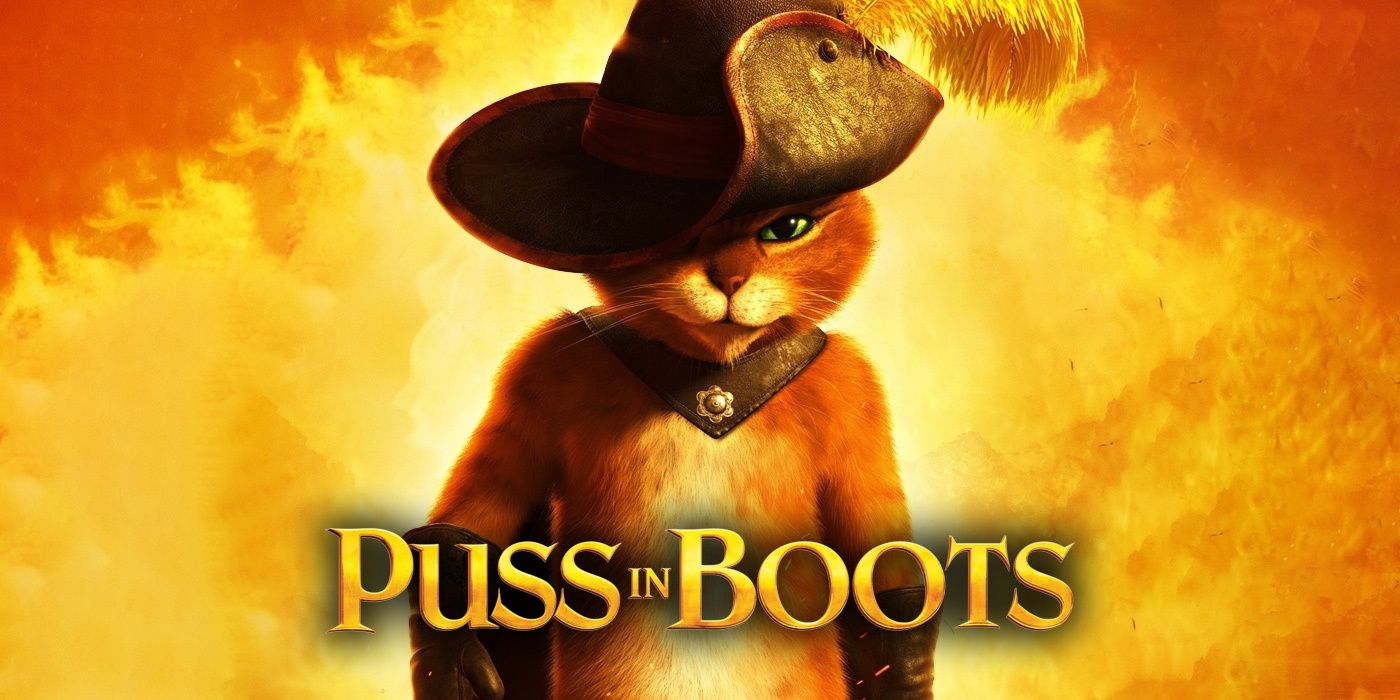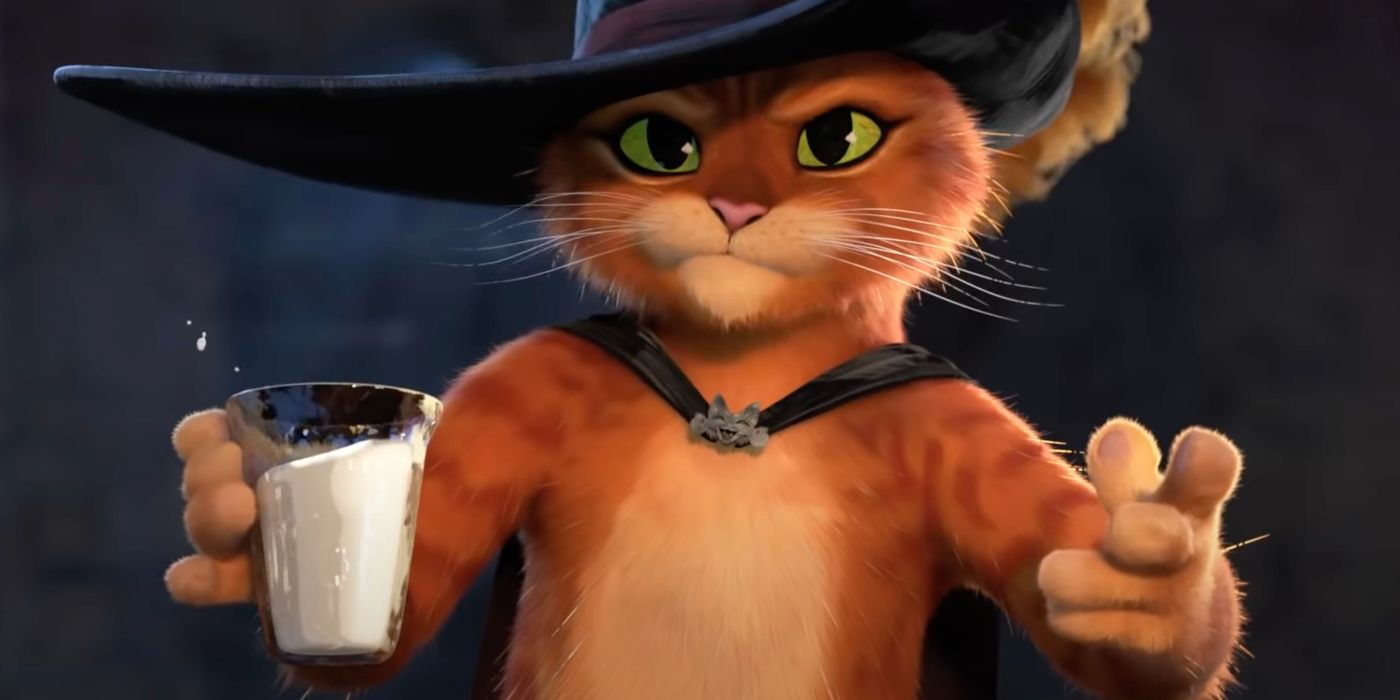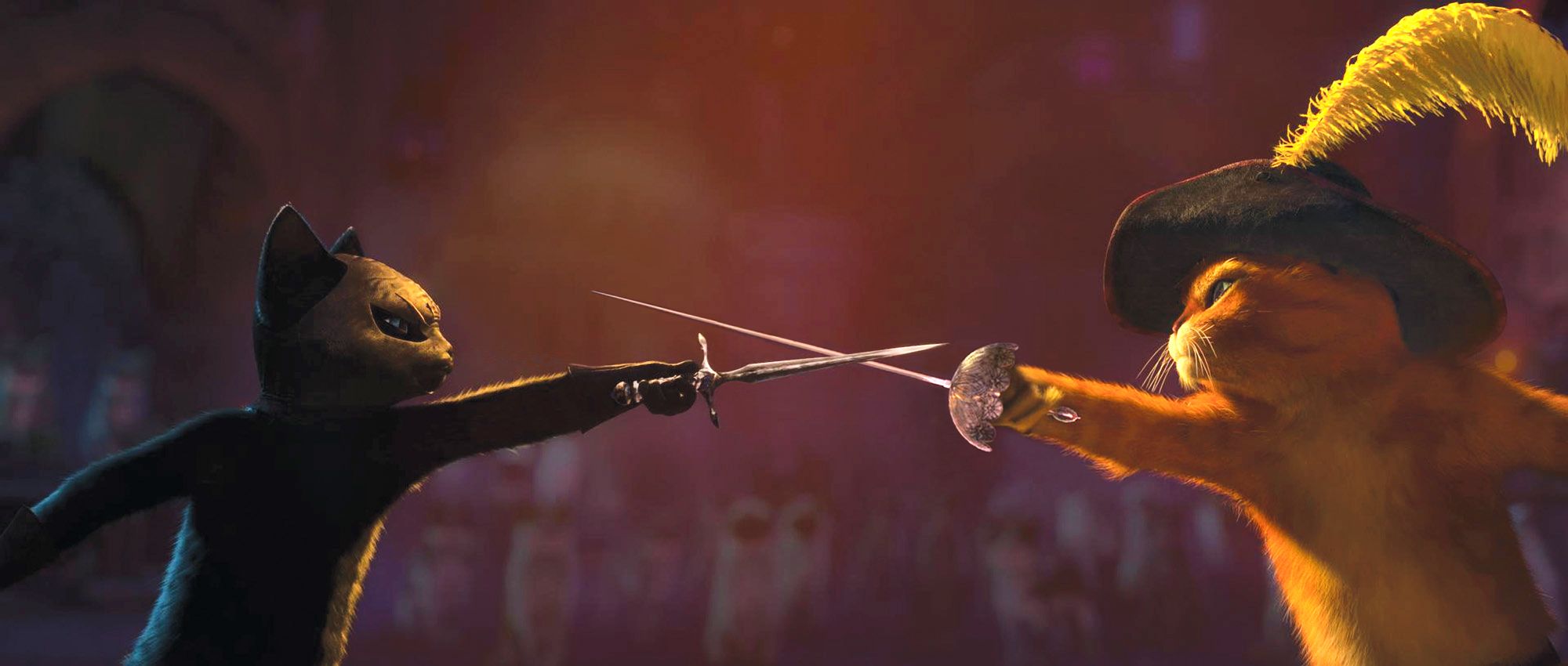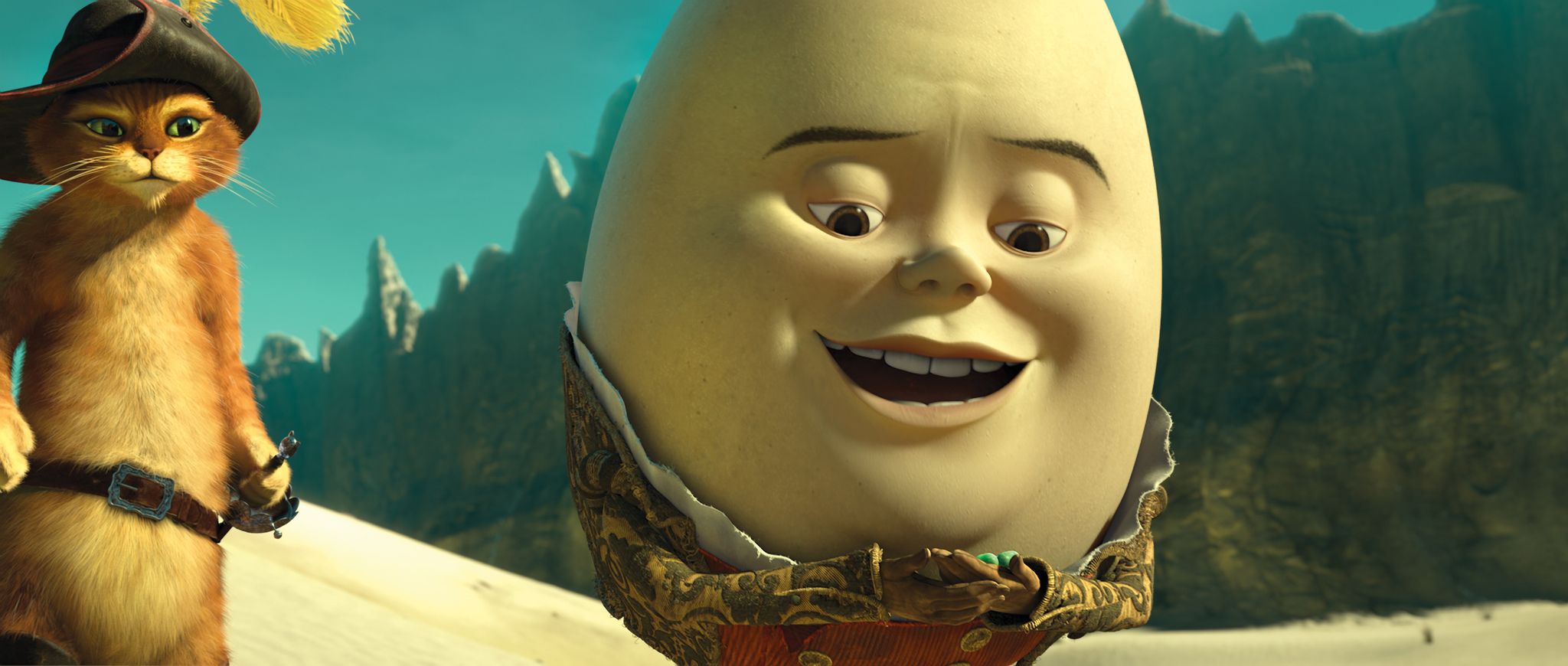2001’s Shrek is one of the most influential animated films of all time. With it, DreamWorks Animation proved that studios other than Pixar could produce quality computer-generated animated films, and Shrek sparked a new generation of family titles that attempted to copy its style. While Shrek’s popular culture references, off-color humor, and comedic depiction of a historical period may have grown tiresome after 20 years, the first film in the blockbuster series holds up surprisingly well.
2004’s Shrek 2 was a surprisingly strong sequel that captured the same mix of heart and humor that had made the first Ogre story so enjoyable. However, the series began to falter quickly after. Shrek and his friends were simply everywhere. The series inspired countless merchandising lines, theme park rides, television specials, advertisements, and corporate tie-in products. It simply became too much Shrek to handle, and unfortunately the further sequels only declined in quality. 2007’s Shrek 3 failed to provide the story with any emotional stakes, and 2010’s Shrek Forever After stretched the concept even further with its lazy “alternate history” story.
When DreamWorks announced a prequel film that would explore the swashbuckling feline’s origin story, it felt like a cynical move of desperation to mine the series even further. Puss himself, as voiced by Antonio Banderas, had become just as much of an over-the-top parody as the rest of the characters. While he had been given a strong introduction in Shrek 2, the next two films overutilized him for comedic relief. Wouldn’t it be funny if the brave swordsman was now overweight? Everyone loves fat cats, right?
Surprisingly, 2011’s Puss in Boots didn’t just succeed amidst low expectations. It provided a necessary new direction for the Shrek franchise that was distinct from the core series. There wasn’t much more that Shrek could do to extend the storyline featuring Shrek’s family, his relationships, or his role within the fairy tale kingdom of Far Far Away. The films had just become another lazy comedy series like Vacation or Grown Ups. Puss in Boots changed up the tone; it told Puss’ origin story as if it was a straight-up western adventure.
Rather than turn the titular fur ball into a caricature, Puss in Boots actually gave him more depth. The film shows how Puss develops his chivalry, and how his tragic beginnings laid the groundwork for the character we already knew. Although he doesn’t lose his inherent charisma, Puss isn’t the same overconfident scoundrel he is when he is first introduced in Shrek 2. He’s looking to restore his honor. Surprisingly, a character who had been merchandised to death gained a new sincerity that he never had previously.
The swashbuckling tone was absolutely perfect. The core films had played upon Banderas’ reputation as an outlaw hero that he developed through his collaborations with Robert Rodriguez on El Mariachi, Desperado, and Once Upon A Time in Mexico. While the Shrek films contain nothing beyond references that flew over most kids’ heads, Puss in Boots commits to the moral grayness of the desert wasteland. Puss encounters that same sort of devious bounty hunters, smugglers, and thieves that inspired him in the first place. It's still a PG-rated movie with goofy humor, but having actual stakes was a change of pace.
The film takes place many years before Shrek 2, and centers on Puss’ search for the murderous outlaws, Jack (Billy Bob Thorton) and Jill (Amy Sedaris). The siblings have stolen magical beans that Puss is desperate to get his paws on. Puss isn’t the only outlaw searching for the treasured objects; the feline femme fatale Kitty Softpaws (amusingly voiced by Salma Hayek) is also on the hunt. Puss discovers that she was hired by the criminal mastermind, Humpty Alexander Dumpty (Zack Galifinakis), a figure from his past.
The film explores an initial friendship that grew between Humpty and Puss. The fast-talking egg was raised alongside Puss in an orphanage, and the two bonded over their shared status as outsiders. They quickly became allies in the search of adventure, but Humpty’s deceitful ways are revealed. He convinces Puss to join him for a robbery in his home city of San Ricardo, but leaves him at the scene of the crime; Puss has been on the run ever since.
There’s a fair amount of humorous back-and-forth (this is a film about a talking egg and a talking cat), but the question of where Humpty’s true loyalties lie gives the story a compelling enough mystery. It also became a way for the film to have actual stakes as a prequel. Since we know where Puss ends up in the Shrek films, testing his relationship with Humpty and Kitty adds tension. It’s more than a lot of live-action prequels can say.
If the Shrek films pushed the boundaries of what’s considered “family entertainment” with their surprisingly frequent sexual humor, Puss in Boots contains a lot more action than your standard kids’ film. It was one of the few animated films that properly utilized 3D, creating a lot of really fun chase and sword fighting sequences. The last set piece features Puss dueling the villain Comandante (Guillermo del Toro) on a collapsing bridge, as Humpty’s allegiance is tested. It’s actually pretty gripping, and director Chris Miller does a good job recreating actual choreography in animated form.
Many of the most successful animated franchises of all-time have spawned lazy spinoffs that dilute their initial appeal; Despicable Me has Minions, Cars has Planes, and Madagascar has Penguins of Madagascar. Puss in Boots was a novelty, and proved that focusing on a side character didn’t have to just be a cash grab. In fact, Puss in Boots is preferable to what a Shrek 5 would have looked like. Another installment, Puss in Boots: The Last Wish, is set to be released in theaters this September. It’s well worth looking forward to.




